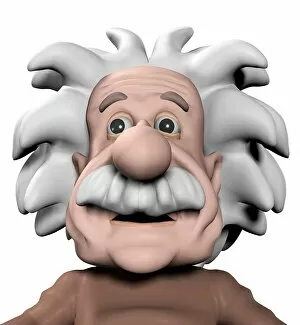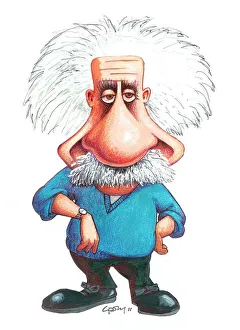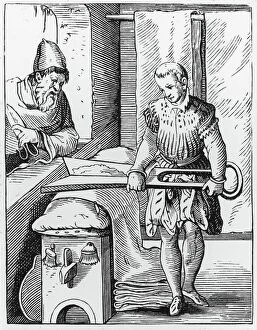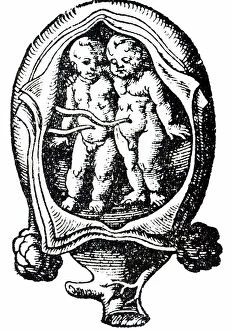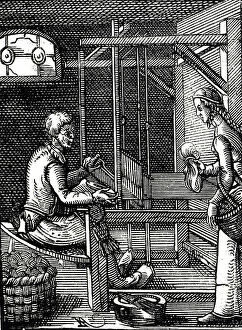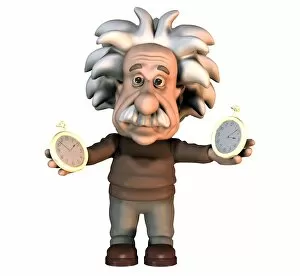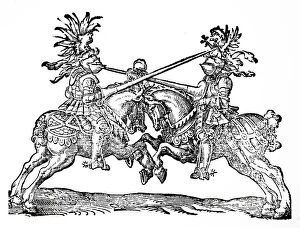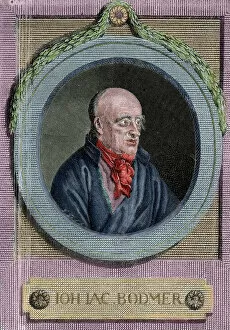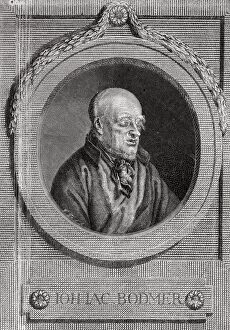Swiss German Collection
Swiss German: A Fusion of Art, Science, and Culture Swiss German is not just a language; it represents the rich tapestry of Swiss history, art, and intellect
All Professionally Made to Order for Quick Shipping
Swiss German: A Fusion of Art, Science, and Culture Swiss German is not just a language; it represents the rich tapestry of Swiss history, art, and intellect. From renowned figures like Albert Einstein to influential critics such as Johann Jakob Bodmer, this unique dialect has left an indelible mark on both the artistic and scientific realms. Albert Einstein's genius transcended his groundbreaking theories in physics. In addition to his intellectual prowess, he was also known for his love of art. Through various artworks depicting him or created by him, we catch a glimpse into the multifaceted nature of this iconic figure. One such artwork showcases a caricature of Einstein that captures his playful spirit alongside his immense intelligence. This representation reminds us that even great minds can have a sense of humor. Johann Jakob Bodmer further exemplifies the cultural significance of Swiss German. As a critic and poet from Switzerland, he contributed greatly to shaping literary traditions in both Germany and Switzerland during the 18th century. His influence extended beyond borders and showcased how language can bridge gaps between nations. Woodcut prints depicting knights jousting transport us back to medieval times when chivalry reigned supreme. These illustrations remind us that Swiss German is deeply rooted in historical contexts where tales were shared through oral traditions before being immortalized in written form. The fusion between science and culture continues with Carl Vogt—a German naturalist who made significant contributions to various scientific fields during the 19th century. His work demonstrates how Swiss Germans have excelled not only in arts but also in scientific exploration. Through these diverse artworks featuring Albert Einstein's image repeatedly, we witness how one individual can become an emblematic figure representing both intellect and creativity within Swiss-German culture. Swiss German encompasses more than just linguistic nuances—it encapsulates centuries worth of artistic expression intertwined with scientific achievements.

